Home>Gardening & Outdoor>Landscaping Ideas>What Is The Best Fertilizer Ratio For Grass


Landscaping Ideas
What Is The Best Fertilizer Ratio For Grass
Modified: March 27, 2024
Discover the ideal fertilizer ratio for lush, healthy grass with our expert landscaping ideas. Transform your lawn with the best fertilizer for stunning results.
(Many of the links in this article redirect to a specific reviewed product. Your purchase of these products through affiliate links helps to generate commission for Storables.com, at no extra cost. Learn more)
Introduction
When it comes to maintaining a lush, vibrant lawn, understanding the best fertilizer ratio for grass is essential. A well-balanced fertilizer provides the necessary nutrients to support healthy growth, root development, and overall resilience against environmental stressors. However, determining the ideal fertilizer ratio can be a daunting task for many homeowners and landscaping enthusiasts. In this comprehensive guide, we will delve into the intricacies of fertilizer ratios, explore the factors to consider when choosing the right blend, and provide recommendations tailored to different grass types. By the end of this article, you will be equipped with the knowledge to make informed decisions about fertilizing your lawn, ensuring it remains a verdant oasis for years to come.
Key Takeaways:
- Choose the right fertilizer ratio based on your grass type, soil, and climate to promote healthy growth and resilience, such as a 3-1-2 blend for cool-season grasses and a 4-1-2 blend for warm-season varieties.
- Apply fertilizer at the right time and in the correct manner to maximize its effectiveness and minimize environmental impact, following best practices and local regulations for sustainable lawn care.
Read more: What Is The Best Fertilizer For Grass
Understanding Fertilizer Ratios
Before delving into the specifics of fertilizer ratios, it’s crucial to grasp the significance of the three primary nutrients that plants require for healthy growth: nitrogen (N), phosphorus (P), and potassium (K). These essential elements play distinct roles in supporting various aspects of plant development.
Nitrogen (N): This nutrient is integral to promoting lush, green foliage and robust vegetative growth. It aids in the synthesis of chlorophyll, the pigment responsible for the vibrant green color of leaves, and is crucial for overall plant vigor.
Phosphorus (P): Essential for root development and flowering, phosphorus contributes to strong root systems and supports the production of flowers, fruits, and seeds. It also plays a vital role in energy transfer within the plant.
Potassium (K): Also known as potash, potassium is instrumental in enhancing a plant’s resilience to environmental stress, bolstering disease resistance, and promoting sturdy stems.
The numbers displayed on fertilizer packaging represent the percentage, by weight, of each of these nutrients in the product. For instance, a fertilizer labeled as 10-5-5 contains 10% nitrogen, 5% phosphorus, and 5% potassium. Understanding these ratios is crucial for tailoring the fertilizer application to the specific needs of your grass and soil conditions.
It’s important to note that different grass species and environmental factors can influence the ideal fertilizer ratio. By considering these variables, you can effectively optimize your lawn’s nutrient uptake, resulting in healthier, more resilient grass that thrives throughout the seasons.
Factors to Consider
Several key factors should be taken into account when determining the best fertilizer ratio for your grass. By carefully evaluating these elements, you can make informed decisions that align with the unique needs of your lawn and optimize the effectiveness of the fertilization process.
- Grass Type: Different grass species have varying nutritional requirements. For instance, cool-season grasses such as Kentucky bluegrass and fescue thrive with a higher nitrogen content, while warm-season varieties like Bermuda grass may require a different balance of nutrients.
- Soil Composition: Conducting a soil test to assess the pH level and nutrient content of your soil is crucial. This analysis provides valuable insights into the specific deficiencies or imbalances that need to be addressed through fertilization.
- Climate and Season: The climate in your region, as well as the current season, can impact the nutritional needs of your grass. Understanding how temperature and moisture levels influence nutrient uptake and utilization is essential for determining the most suitable fertilizer ratio.
- Growth Stage: Consider the growth stage of your grass when selecting a fertilizer ratio. For example, a higher phosphorus content may be beneficial during the establishment phase to promote robust root development, while a balanced nitrogen-potassium blend can support overall vigor during the peak growing season.
- Environmental Factors: Factors such as shade, foot traffic, and pest pressures can influence the nutritional requirements of your lawn. Tailoring the fertilizer ratio to address these specific environmental stressors can help fortify your grass against challenges.
By carefully evaluating these factors in conjunction with your specific lawn conditions, you can determine the most appropriate fertilizer ratio to support the health, resilience, and aesthetic appeal of your grass. This tailored approach ensures that your lawn receives the precise blend of nutrients it needs to thrive, setting the stage for a vibrant and enduring landscape.
A common recommendation for grass fertilizer is a ratio of 3-1-2, which means 3 parts nitrogen, 1 part phosphorus, and 2 parts potassium. This ratio promotes healthy leaf growth, strong roots, and overall plant health.
Recommended Fertilizer Ratios for Different Grass Types
Choosing the optimal fertilizer ratio for your grass type is pivotal in nurturing a healthy and vibrant lawn. Different grass species have distinct nutritional requirements, and tailoring the fertilizer blend to suit these specific needs can significantly enhance the overall health and appearance of your lawn. Here are recommended fertilizer ratios for popular grass types:
- Kentucky Bluegrass and Fescue: For cool-season grasses such as Kentucky bluegrass and fescue, a fertilizer with a ratio of 3-1-2 (nitrogen-phosphorus-potassium) is often recommended. These grasses benefit from a higher nitrogen content to support lush, vigorous growth, while phosphorus aids in root development and potassium enhances stress tolerance.
- Bermuda Grass and Zoysia Grass: Warm-season grasses like Bermuda grass and Zoysia grass thrive with a fertilizer ratio of 4-1-2. The elevated nitrogen content supports their growth during the active growing season, while phosphorus contributes to root establishment and potassium fortifies resilience against heat and drought stress.
- Centripetal Grass and Bahia Grass: For centripetal grass and Bahia grass, a balanced fertilizer ratio of 3-1-2 is conducive to their nutritional requirements. This blend provides the necessary nutrients to sustain healthy growth and resilience, promoting a lush and durable lawn.
- St. Augustine Grass: St. Augustine grass benefits from a fertilizer ratio of 4-1-2, similar to Bermuda grass and Zoysia grass. This blend supports the grass’s nutritional needs, fostering robust growth and fortifying its ability to withstand environmental stressors.
It’s important to note that these recommended ratios serve as general guidelines, and variations may be necessary based on specific soil conditions, climate factors, and individual lawn requirements. Tailoring the fertilizer ratio to align with the unique needs of your grass type and local environment is essential for achieving optimal results.
By selecting a fertilizer blend that aligns with the nutritional demands of your grass species, you can effectively promote vigorous growth, resilience, and overall health, laying the foundation for a thriving and visually appealing lawn.
Application and Timing
Applying fertilizer at the right time and in the correct manner is crucial for maximizing its effectiveness and minimizing potential environmental impact. By adhering to proper application practices and timing, you can ensure that your grass receives the necessary nutrients when it can most effectively utilize them, promoting healthy growth and long-term resilience.
Timing: The timing of fertilizer application is influenced by the growth characteristics of the grass species and the prevailing climate. For cool-season grasses, such as Kentucky bluegrass and fescue, early spring and fall are optimal times for fertilization, coinciding with their peak growth periods. In contrast, warm-season grasses like Bermuda grass and Zoysia grass benefit from fertilization in late spring and summer, aligning with their active growth phases.
Application Practices: When applying fertilizer, it’s essential to follow best practices to ensure even coverage and minimize the risk of nutrient runoff. Using a calibrated spreader can help achieve uniform distribution, preventing over-fertilization in certain areas and under-fertilization in others. Additionally, watering the lawn after fertilization can facilitate nutrient absorption and mitigate the potential for fertilizer burn.
Environmental Considerations: When applying fertilizer, it’s important to be mindful of environmental factors such as rainfall forecasts and local regulations. Avoiding fertilization before heavy rainfall can help prevent nutrient runoff into waterways, safeguarding the surrounding ecosystem. Adhering to local guidelines regarding fertilizer application, including any restrictions on phosphorus use, is essential for environmental stewardship.
Follow-Up Applications: Depending on the specific fertilizer product and grass type, follow-up applications may be necessary to sustain optimal nutrient levels throughout the growing season. Splitting the total annual fertilizer requirement into multiple applications can help prevent excessive growth spurts and minimize the risk of nutrient leaching.
By carefully timing fertilizer applications to align with the growth patterns of your grass and adopting responsible application practices, you can maximize the efficacy of the fertilizer while minimizing environmental impact. This approach not only promotes the health and vitality of your lawn but also contributes to sustainable lawn care practices that benefit the broader ecosystem.
Read more: What Fertilizer Is Best For Grass
Conclusion
Understanding the best fertilizer ratio for your grass is a fundamental aspect of maintaining a healthy and vibrant lawn. By considering the specific nutritional requirements of your grass type, soil composition, climate, and growth stage, you can tailor the fertilizer blend to effectively support robust growth and resilience.
Choosing the appropriate fertilizer ratio, such as a 3-1-2 blend for cool-season grasses or a 4-1-2 blend for warm-season varieties, can provide the essential nutrients that promote lush, vigorous growth and fortify the grass against environmental stressors. However, it’s crucial to remember that these recommended ratios serve as general guidelines, and adjustments may be necessary based on individual lawn conditions and regional factors.
Proper application and timing are equally vital components of a successful fertilization regimen. Adhering to best practices, such as applying fertilizer during the grass’s peak growth periods and following responsible application techniques, can optimize nutrient uptake while minimizing the risk of environmental impact.
Ultimately, by customizing the fertilizer ratio and application strategy to suit the unique needs of your lawn, you can foster a verdant and resilient landscape that enhances the aesthetic appeal of your outdoor space. Furthermore, adopting sustainable and environmentally conscious fertilization practices contributes to the broader goal of responsible lawn care and ecological stewardship.
Armed with the insights and recommendations outlined in this guide, you are well-equipped to make informed decisions about fertilizing your lawn, ensuring that it remains a thriving and visually captivating oasis for years to come.
Frequently Asked Questions about What Is The Best Fertilizer Ratio For Grass
Was this page helpful?
At Storables.com, we guarantee accurate and reliable information. Our content, validated by Expert Board Contributors, is crafted following stringent Editorial Policies. We're committed to providing you with well-researched, expert-backed insights for all your informational needs.
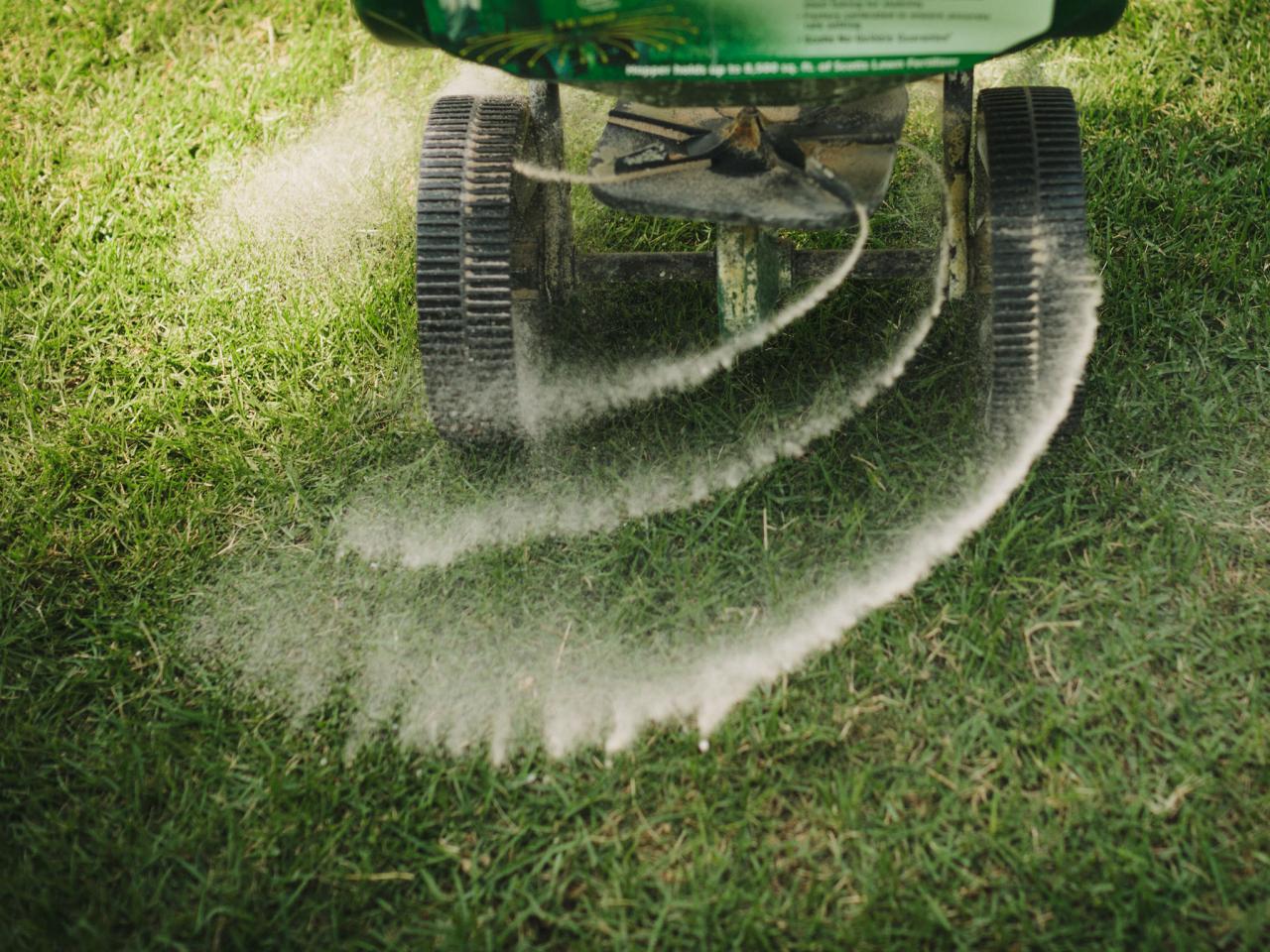
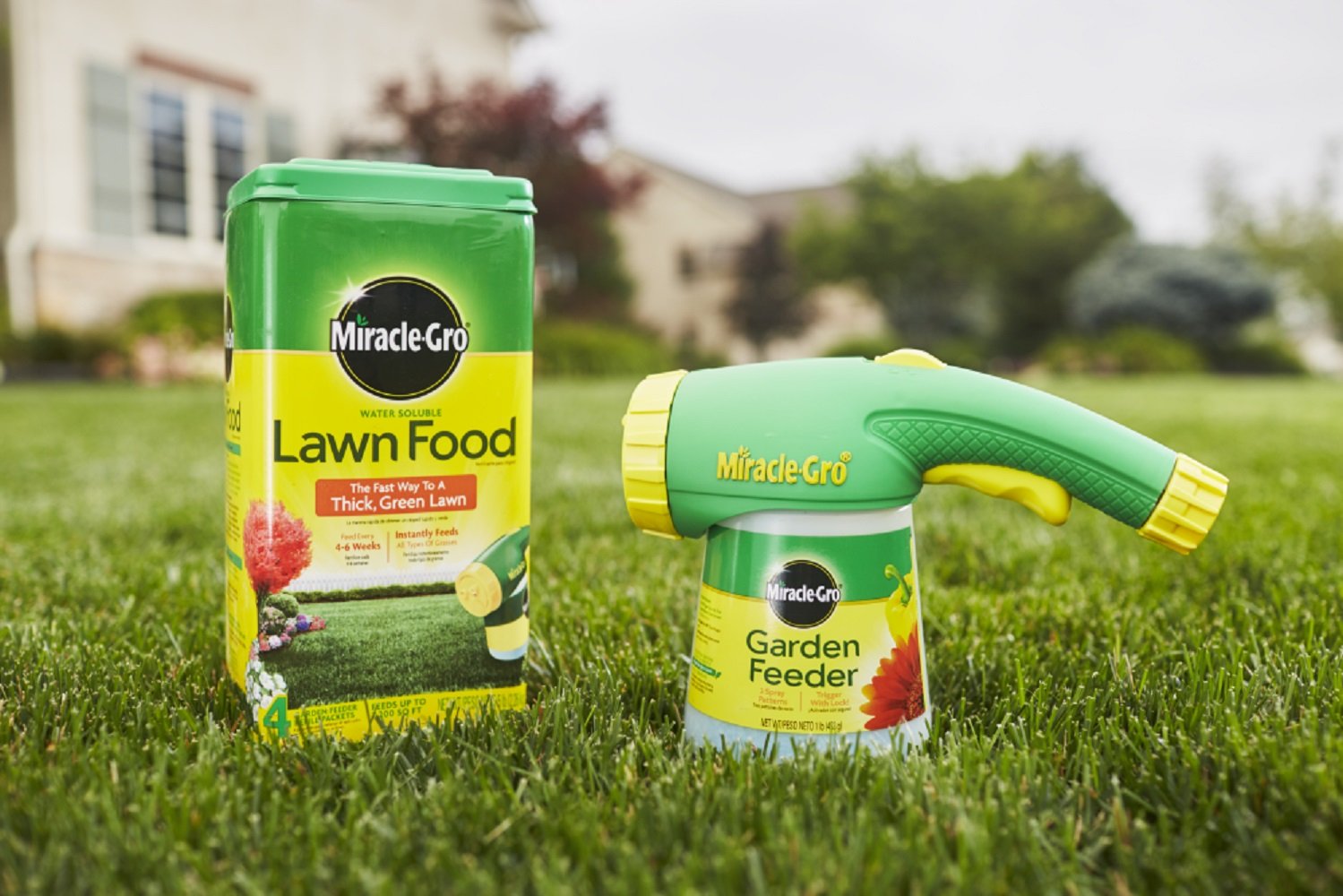


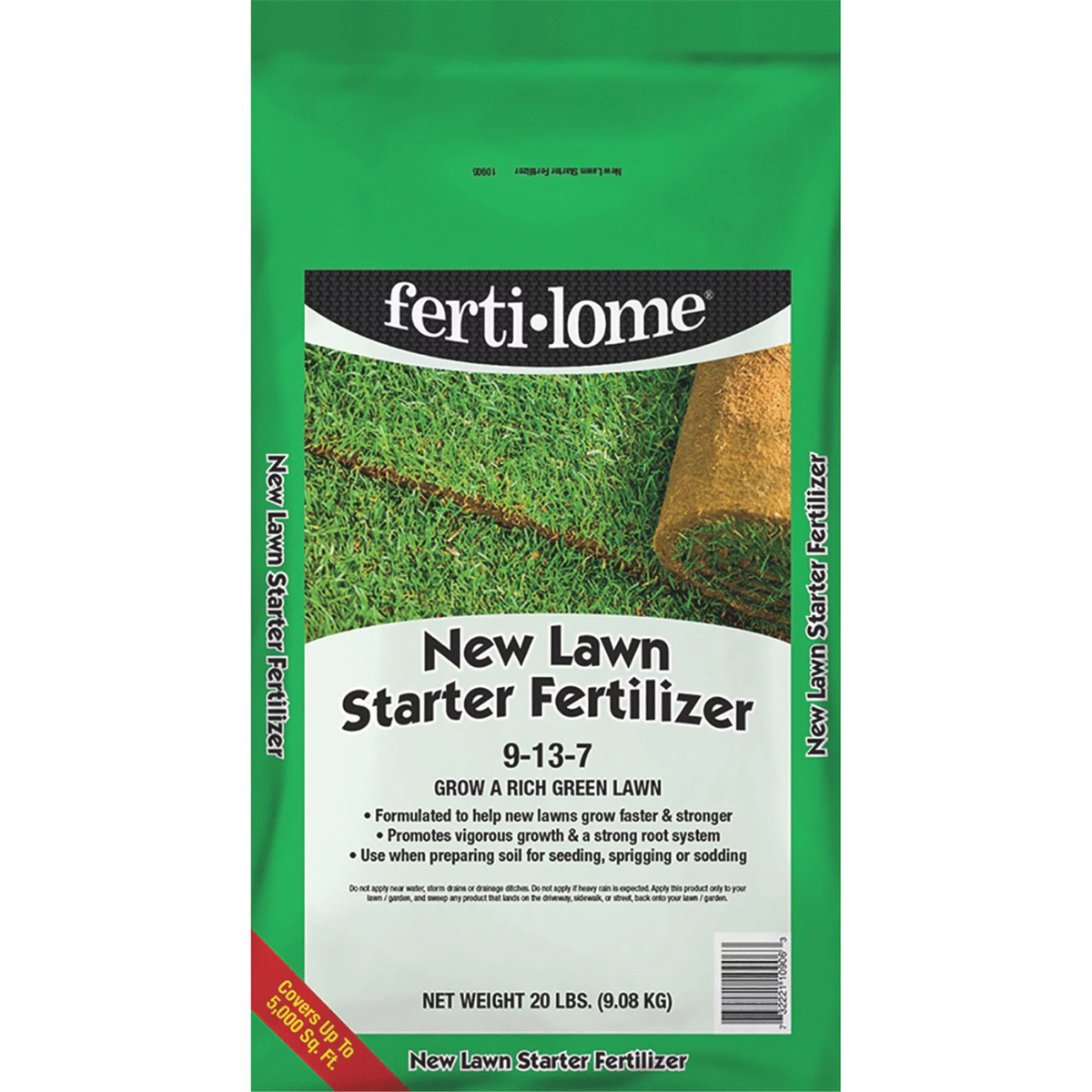

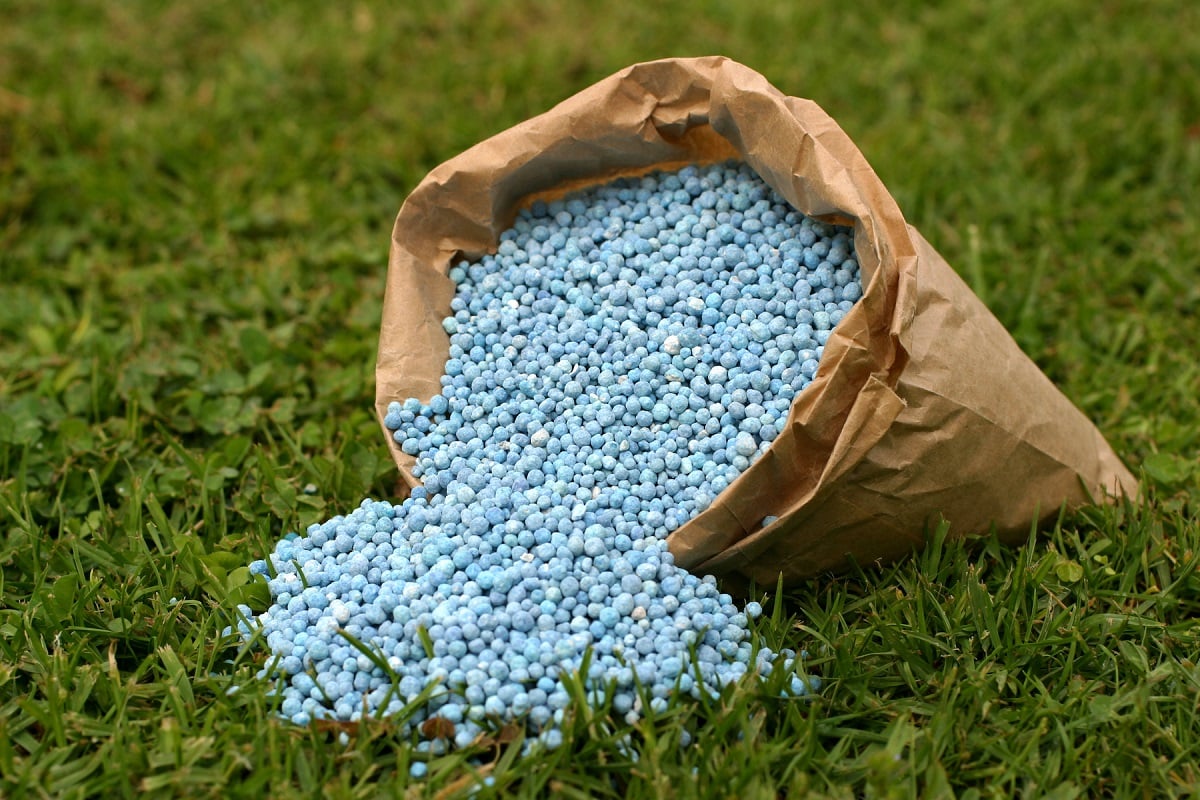
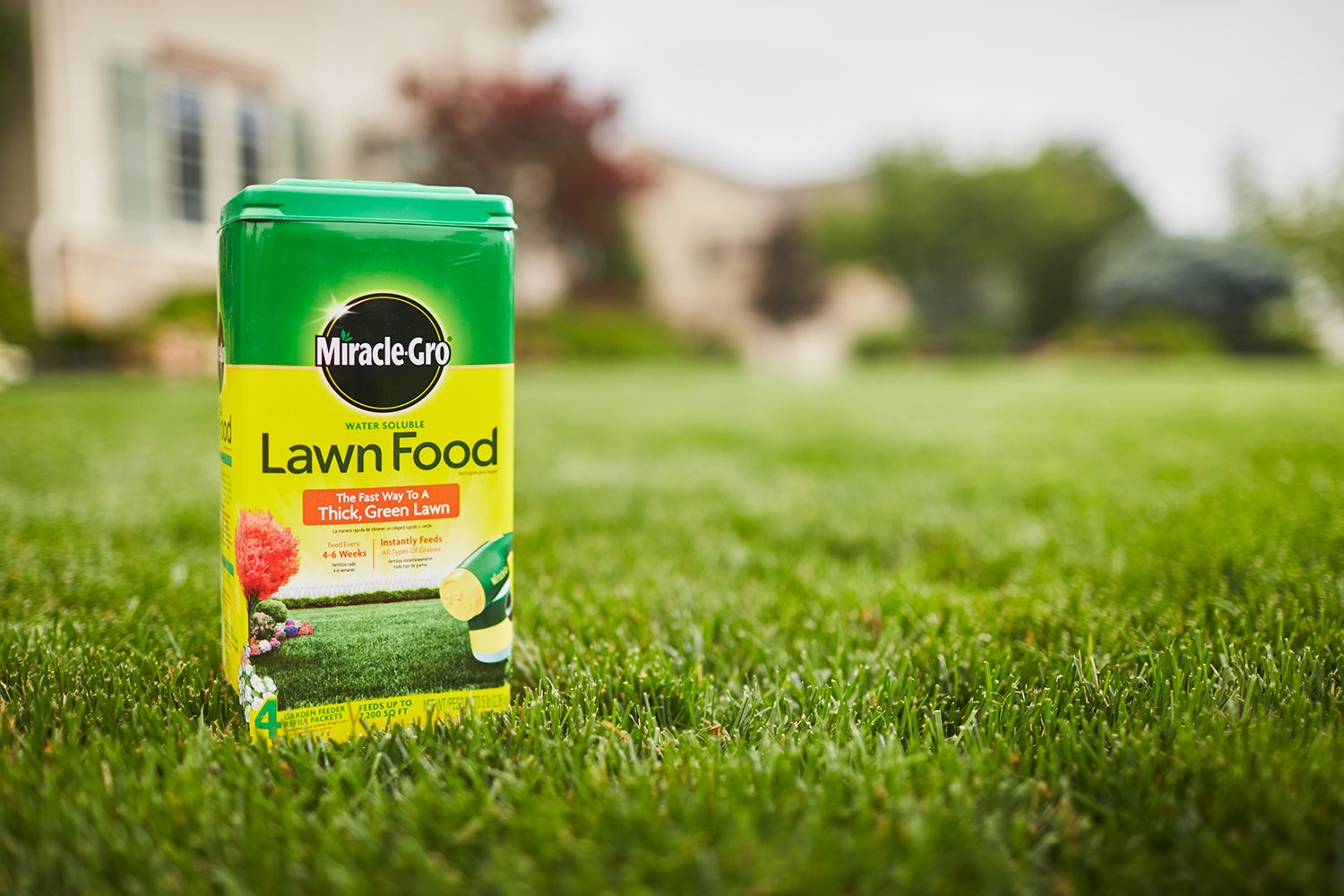

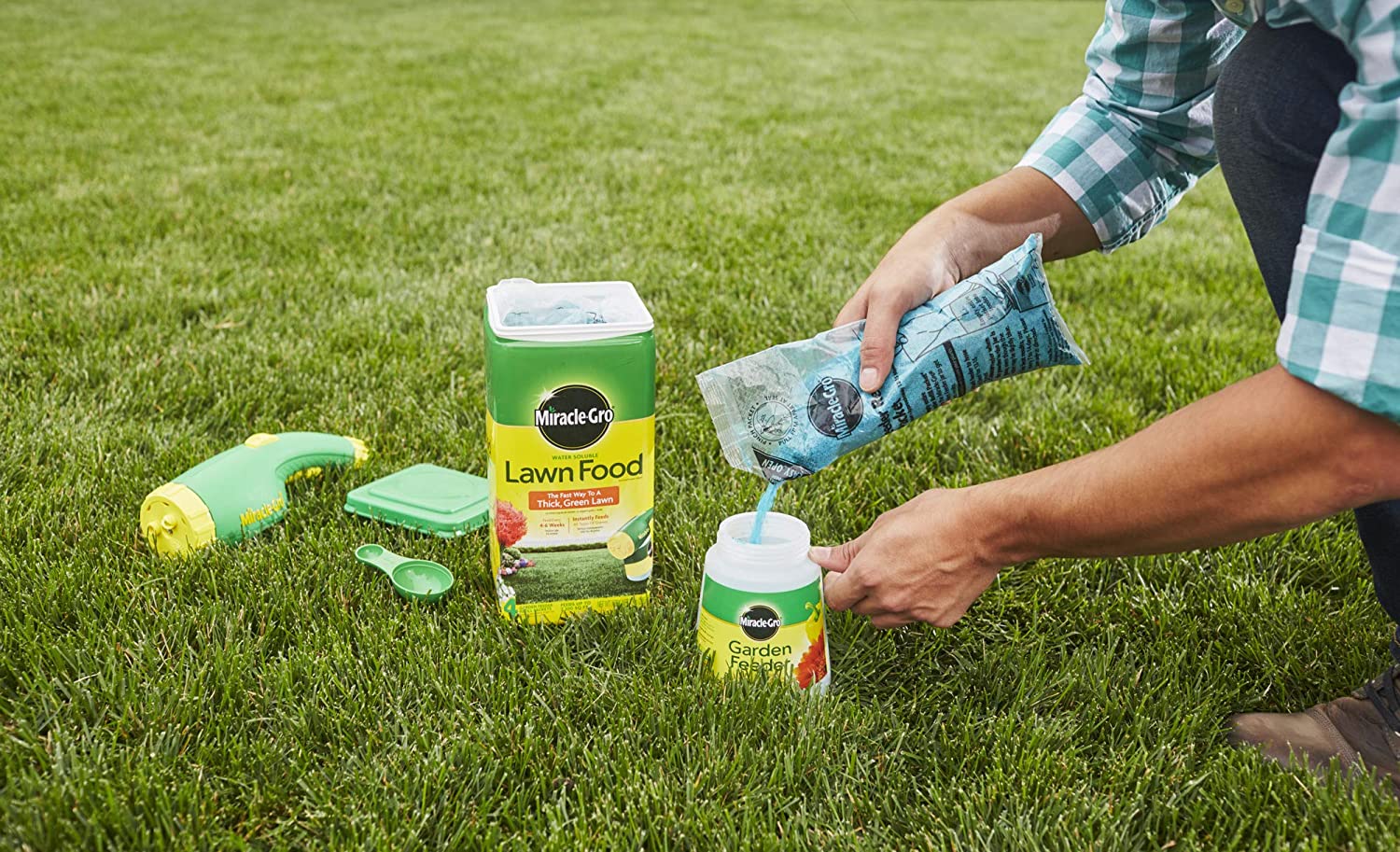

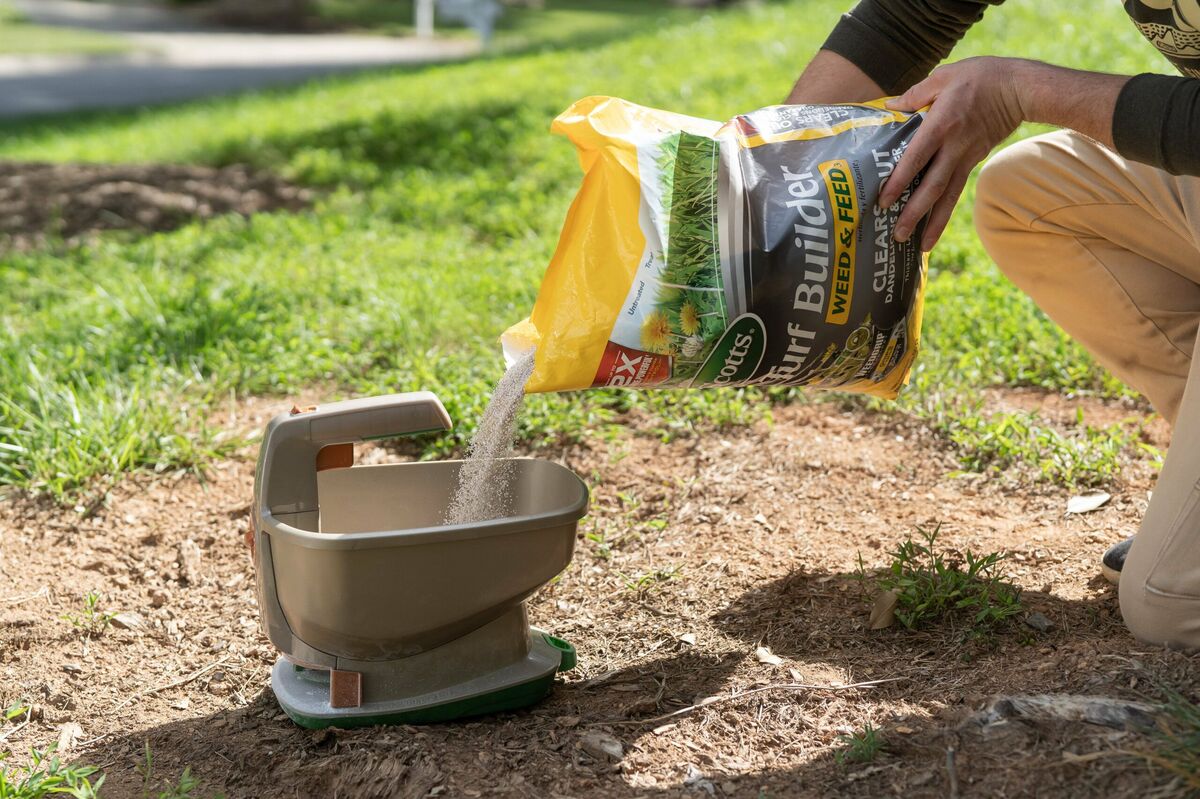
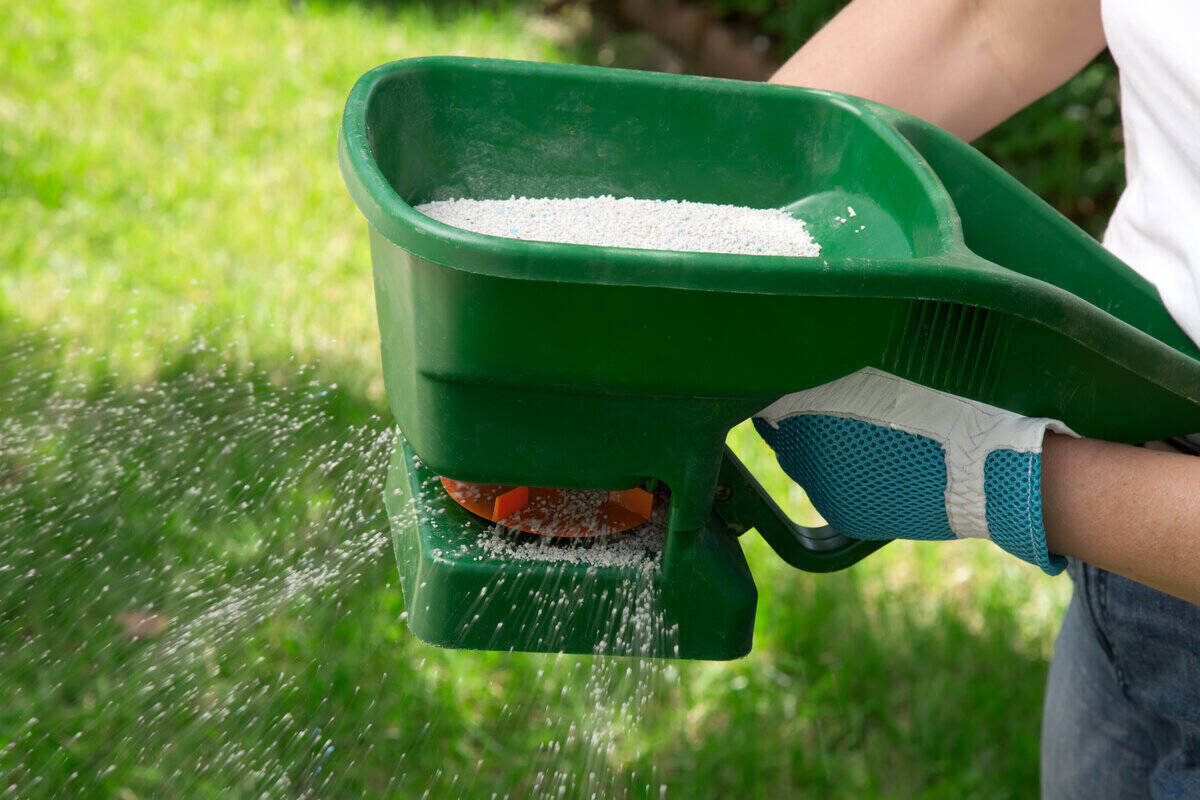


0 thoughts on “What Is The Best Fertilizer Ratio For Grass”